Overview
As students across the country transition into their pivotal high school years, many are faced with the important decision between going to a public or private school. For some, the journey begins long before that — many private schools teach grades kindergarten through eighth grade — but as graduation approaches for middle schoolers and their parents, choosing whether to attend a private school takes on additional significance.
There are many factors to take into account when comparing the two learning environments and how they will complement specific students. It’s important to note that everyone has their own set of circumstances and private schools will vary greatly in terms of how they operate, leading some schools to be better fitted for some students. Acknowledging that it’s impossible to generalize all aspects of public and private school, this article will focus on the elements of academic rigor, social environment and economics as they pertain to public schools like Burlingame and secular private schools such as The Nueva School.
Academic rigor
A main motivating factor for many students enrolled in academically-focused private schools is increased learning opportunities. With more class options and smaller classes, the schools in question give the impression that they teach at higher levels and provide students more freedom than their public counterparts. Efehan Kandemir, a freshman at The Nueva School and Ethan Yan, a freshman at Groton School, were attracted by this aspect, both citing “academic rigor” as a main reason for applying.
High standardized test scores also seem to indicate this rigor — according to a study by the National Assessment of Educational Progress (NAEP) in 2016, averages from different quantifiable measures of proficiency were consistently higher in private schools than in public schools — but it is a complex phenomenon that may be more reflective of the selective student population. As has been pointed out many times, notably in a study by Robert Pianta (et. al), these disparities mostly disappear when accounting for each student’s socioeconomic status and their parents’ education.
So, while private schools seem to offer more educational opportunities and have generally more motivated students, that can’t be extrapolated as a measure for likelihood of success when accounting for student selection bias. That said, since private schools have the liberty to handpick students and heavily shape school culture, easy access to academically rigorous opportunities is often more central to the overall private school environment.
“I guess I just applied for the general opportunity and academic rigor […] but I feel like it’s not a major disadvantage for people in public schools,” Kandemir said. “If you really want to go out there, challenge yourself and find opportunities, you will be able to do that. But at private school, it’s just a lot easier and more integrated.”
For my older brother Adam Bertelli, a graduate of the private boarding school Phillips Exeter Academy, what you gain from any school environment is heavily dependent on your desires and willingness to self-study in pursuit of certain goals. He was not fond of the oppressive workload at Exeter, feeling that while the content was useful, the assignments aired on the side of busy work owing to their quantity.
“There was this culture [where] everybody’s just working 24/7 and you had to cut corners to get by,” Bertelli said. “[Whether this is] harmful depends on what your goals are. I think if you’re trying to develop some sort of passion or skill set, you’re not going to do that just through busy work. It could sort of stifle your curiosity.”
As such, though the private schools in question often provide more direct educational opportunities, whether this will benefit a student depends on their individual learning style as well as what they’re trying to achieve.
Another important aspect of most private schools: smaller communities and lower student-to-teacher ratios. As of 2024, the average size of a California public school is around 818 students, while California’s private schools average only 264 students. Similarly, Burlingame has a student-to-teacher ratio of 21:1, over three times higher than Nueva’s ratio (6.5:1) and five times higher than Groton’s (4:1).
“When there’s 35-40 kids in your class, it’s hard[er] to just go up to your teacher and ask a very specific question, because the teacher has to focus on everyone else. But when there’s only 10-15 people in the room, you have more of a connection with your teacher, and you can be a lot more open about stuff,” Kandemir said.
Jamie Gao, an English and Mandarin teacher at Nueva, agrees that smaller classes are helpful for learning and creating strong student bonds. Gao has had extensive experience in the education realm — she’s spent over 15 years teaching at different public, private and charter schools, and her son is currently a Burlingame student.
“For public schools, I have too many students for me to differentiate. It’s hard for me to connect with every student one-on-one — on a more personal level — which is my teaching style,” Gao said.
Gao has also found more success with the flexible, project-oriented curricula common to private schools she has taught at. She feels that it gives both students and teachers more freedom in the academic environment.
“For the private Mandarin immersion school [I taught at], I did projects, and I [could] connect with my students on a one-on-one level and develop deeper relationships,” Gao said. “Most of the time [at Nueva] I feel like I’m teaching in a university. […] The school allows me more freedom to design my curriculum.”
Kyle Wan, a freshman at Nueva, reflects that the teaching method is very different from that at his public elementary and middle schools, focusing on “hands-on experience” and having a “sort of motive for vocation.” The computer science class he took had a relatively open-ended curriculum, allowing students to use any number of tools and methods as long as they had software to show for it by the end of the semester. Instead of “learning” in a traditional way, Wan said, the process involved exploration and applying what they already knew to meet an end goal.
Bertelli found that Exeter was similarly experimental with its teaching styles, having developed the “Harkness method,” which sits the class in a circle to prioritize student-to-student interaction. Further, Bertelli valued the wide variety of specific elective studies offered to older students.
“They definitely tried to make it feel like it’s sort of a college-type setting. The last few years of your curriculum have a lot of freedom; there are subjects within subject[s],” Bertelli said. “I [took] a history class and got to pick between, say, Russian literature or the Civil War — it’s not just one general class. […] A public school wouldn’t have the resources for that.”
As both Gao and Bertelli refer to, many private schools have distinct academics compared to public schools because of features that aim to imitate the college experience. Examples not mentioned include set office hours as well as “tutorials” — formalized sessions for individuals or groups requesting support. Beyond private schools that are specifically college-preparatory, there is an extent to which many cultivate curricula and learning structures reminiscent of those in higher education. Again, this does not mean that private school students are necessarily more learned or prepared for college; the efficacy of these practices is deeply linked with the individual, their circumstances and, to a degree, how they choose to navigate high school.
Social environment
Alongside academics or sports, the high school experience is critical for developing social-emotional skills. It’s important to consider the ways in which the private school social scene may differ from the public school equivalent, but also to recognize that most students will be able to acquire these skills in either setting.
Adding on to Kandemir’s comments on how smaller classes can affect learning, Yan and Wan seemed to suggest that private schools generally having fewer students lends itself to communities that are more tight-knit but perhaps less diverse in terms of the friend groups that subdivide them.
“Groton is a small school — 380 people total among all grades, eighth to 12th, and 79 people in ninth — [so it’s] a relatively tight community. Plus, dorm life helps to strengthen that bond,” Yan said.
The grade sizes at Nueva are similarly small (an estimated 111 freshmen), creating a dynamic where most students are familiar with each other. This less populous student body often results in larger friend groups — only one or two per grade, Kandemir said — which greatly contrasts environments like that at Burlingame.
“With the sheer number of people [at public school], you’re not going to be able to see and interact with everyone every day. But at my school, I see almost every person in our grade every day, and even if I don’t interact with them, I can,” Kandemir said. “People are interested in so many different things, so if you’re just trying to figure one thing out for a project, you could just know somebody else who’s good at that thing. You just go and ask them. It’s really useful, because when a community is intertwined like that, everybody’s kind of supporting each other.”
Wan and Bertelli raised slight concerns about some subsets of the private school population — namely, that a lot of students belong to generally wealthier families, which can result in altered social dynamics.
“[At Nueva] the tuition is quite expensive. […] Essentially there’s this portion of the demographic at Nueva which acts in a different way purely based off of social class, which is interesting,” Wan said. “Thankfully, it’s not harmful towards my experience yet, […] but it’s an interesting thing to note that there is a difference.”
Wan was more concerned about the issue of racial diversity, noting that Nueva seemed to have proportionally smaller Hispanic, Black, and multiracial populations and a large number of White and Asian students. National averages only reaffirm their observations — 2015 federal data finds that, on average, white students make up 69% of the population at private schools compared to 49% at public schools. Distributions are different in the Bay Area due to the larger Asian population, but it remains that their public schools exhibit more ethnic and socioeconomic diversity than their private counterparts. This is mostly the result of inaccessible tuition costs, and it can be harmful by potentially limiting direct student exposure to other socioeconomic and ethnic perspectives.
“I think they have teachers that are very aware of the demographic and they try to increase diversity, but there is a strong Asian and white majority,” Wan said. He later added, “I feel like tuition rates could also be a barrier to ethnic diversity in a sense — that’s complete hypothesis, […] but I think it might.”
Economics
That brings us to the third factor: economics. It would be easy to say that one type of school is ubiquitously more expensive or cost-efficient, but the reality is that the finances of every school, both public and private, vary widely.
Averages tell you that per-pupil spending at high schools in the San Mateo Union High School District (SMUHSD) is around $24,930, marginally more than the average tuition for California private high schools, which Private School Review places at $21,972. However, tuition costs are organization-specific and can range from $1,200 to over $70,000; in San Francisco, average private school tuition falls closer to $42,000.
Even then, those numbers don’t tell the full story — we need to make an important distinction in regards to how the schools are funded.
Public school funding is generally split between local and statewide governments, with federal apportions making up only a small percentage of the budget (around 8%). Nationally, local and state funding each contribute circa 400 billion dollars (~46%) as per data from the 2019-2020 school year (though SMUHSD gets 85% of its funding locally). The local budget is derived largely from property taxes — upwards of 81% can come from that alone, according to the above NCES report — and the state budget comprises income and sales tax, among other things.
On the other hand, private schools must be funded through tuition costs or, often, donations from parents and alumni. Private schools do not receive federal money, and California’s constitution bars them from being funded by state or local governments. Twenty-nine states have set up different “private school choice” programs; among them are vouchers, which allot portions of public funding for parents to use on private school tuition, and tax-credit scholarships, which allow parents to donate to private institutions and subtract that amount from their taxable income. For states that do not have these programs, such as California, base tuition costs may be higher to compensate.
Because of differences in how public and private schools are funded, it’s harder to directly compare their costs as well as economic efficiency. That said, because Californian parents involved in private education still need to pay taxes, total tuition costs — which are not tax-deductible — are fully additional to the overhead cost of maintaining local public education (which all parents pay indirectly). Thankfully, most private schools offer scholarships and financial aid to a sizable portion of students. According to the Education Data Initiative, over a quarter of private high school students across the country receive an average of $20,121 from financial aid packages.
The equation gets messier when considering how the money is distributed, factoring in staff salaries and student support programs, and trying to determine overall cost efficiency. Neither public nor private schools will necessarily have more resources since the amount of available money is dependent on the area; to a certain extent, tuition costs and per-pupil spending will also scale according to the schools’ needs. However, in the Bay Area and other places, total private school costs are often significantly higher than public school costs because tuition is an add-on to tax-covered general funding.
Making the decision
Deciding between public and private schools can be a tough decision for parents and students alike. From the parent’s perspective, it’s often first about their financial situation, then about balancing a child’s wants, needs and personality with the specifics of each environment to determine how well they will complement them.
Though she prefers working at private schools, she emphasizes that each environment has its own set of qualities and that students should focus on finding a place that fits them.
“Different students are different. You just need to know your students, know your kids, and listen to [them],” Gao said.
It’s not always that simple, though. Parents and children can have very different perspectives, in which case it’s hard to determine what’s truly “good” for them. Each student mentioned emphasized that one’s high school experience is, above all, dependent on “what they’re trying to achieve” or “how they navigate” the environment, but more often than not, a student may not have the clearest grasp on how different decisions will affect them.
“Do [they] know how to express [themselves]? I need to be very careful to not put my own agenda and what I want in front of my kids. Most [kids] … might not know what they want, and so parents are working along different, you know, different lines,” Gao said.
Gao gives a personal example: her mom sent her to learn piano when she was three, but she ended up hating it. After repeated complaining, her mom listened and gave up on musical training; later on, however, Gao developed a love for music and wished her mother had instead waited and perhaps pushed her a little more. Being three at the time, she wasn’t equipped to make choices that would influence her future; likewise, students may be inexperienced and disagree on what will be helpful for them.
“You’ve got to evaluate the situation: are you going to 100% listen to the kids? I don’t believe she’s going to make a decision that is good for her because she’s three; [I] Didn’t know better, right?” Gao said. “So, as the parents, we need to really see: when can we be pushing [and] when can we step back?
She restated that making a good decision involves striking a balance between student and parent desires — carefully considering each environment’s factors, the student as an individual and their goals for high school and beyond.
“[Private school] might not match what they need and they may not thrive. At [Nueva]. I did see a few kids who were sent by parents … the kids […] were suffering and not fitting the environment,” Gao said. “They were away from their friend circles. Students love to socialize [and] they value friendship, but when you put them in a new environment, when a person is not happy, [they] will not be able to learn — you just close up.”

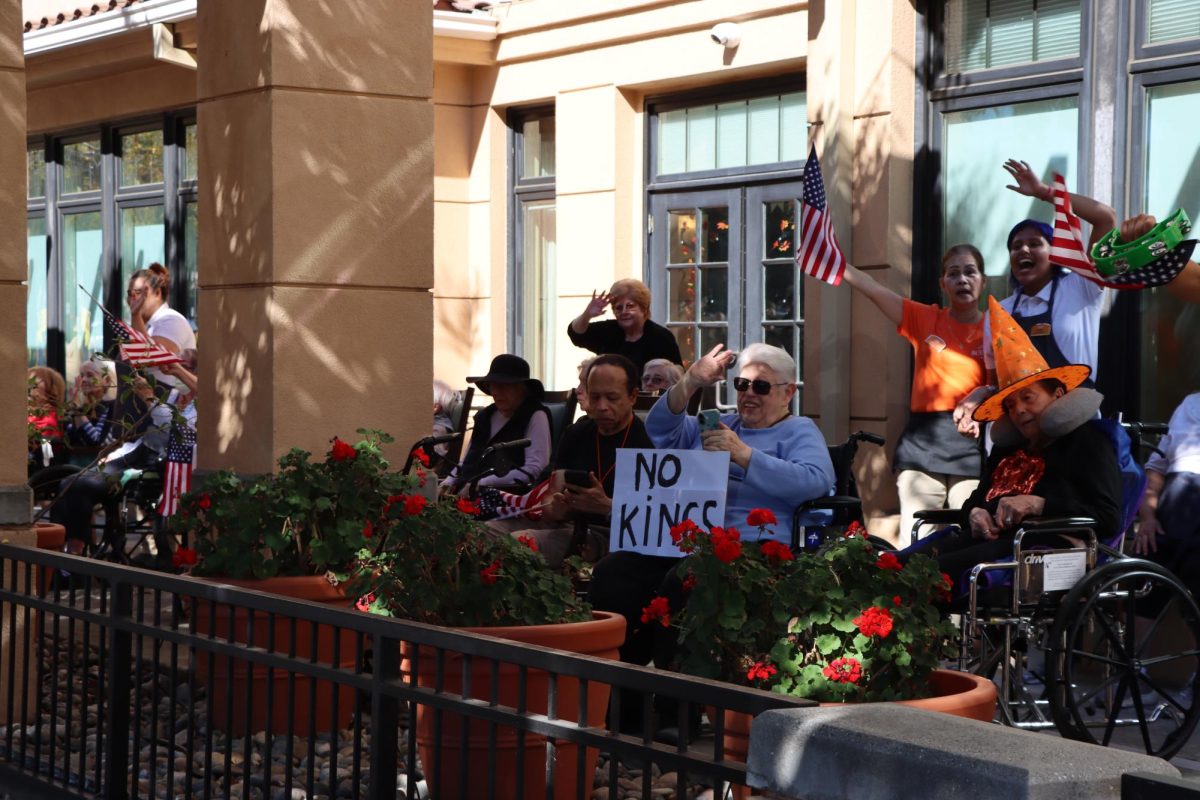
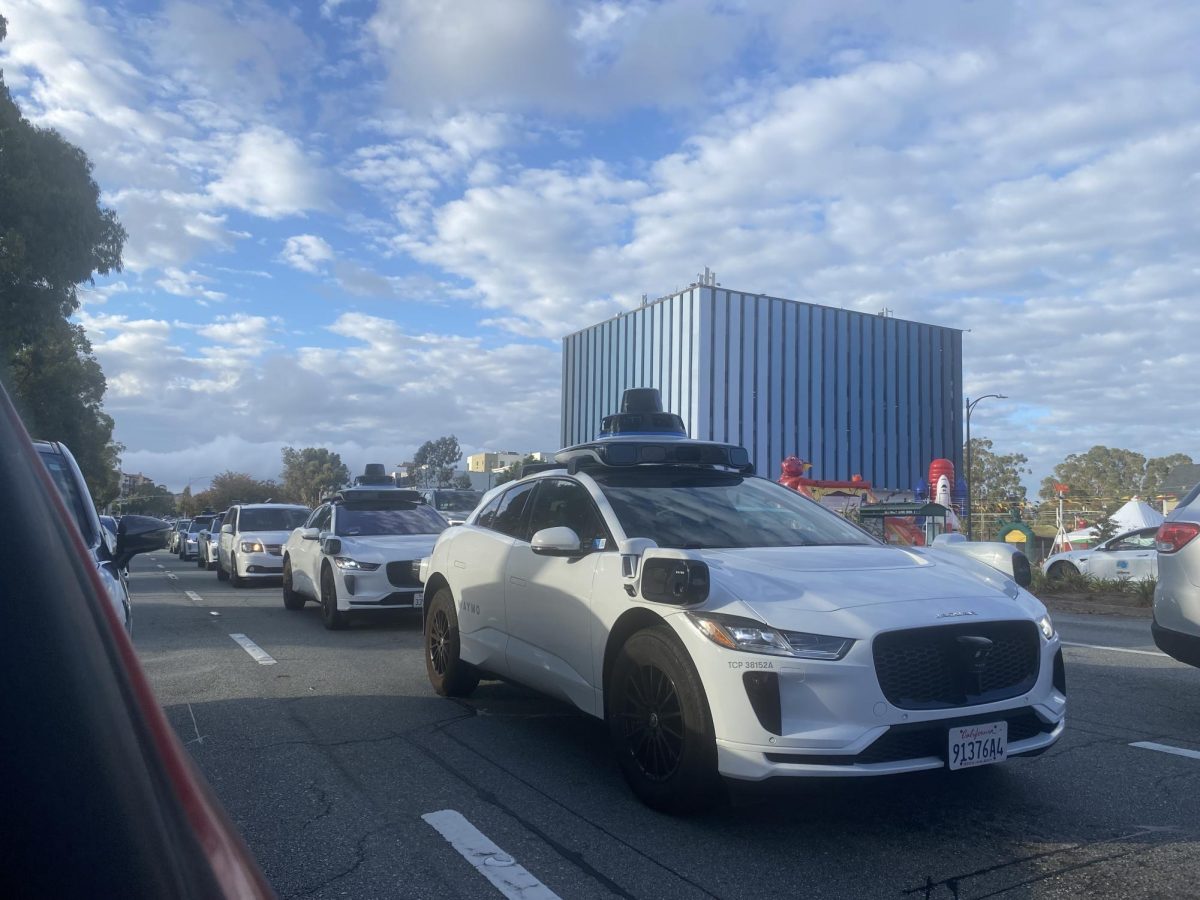



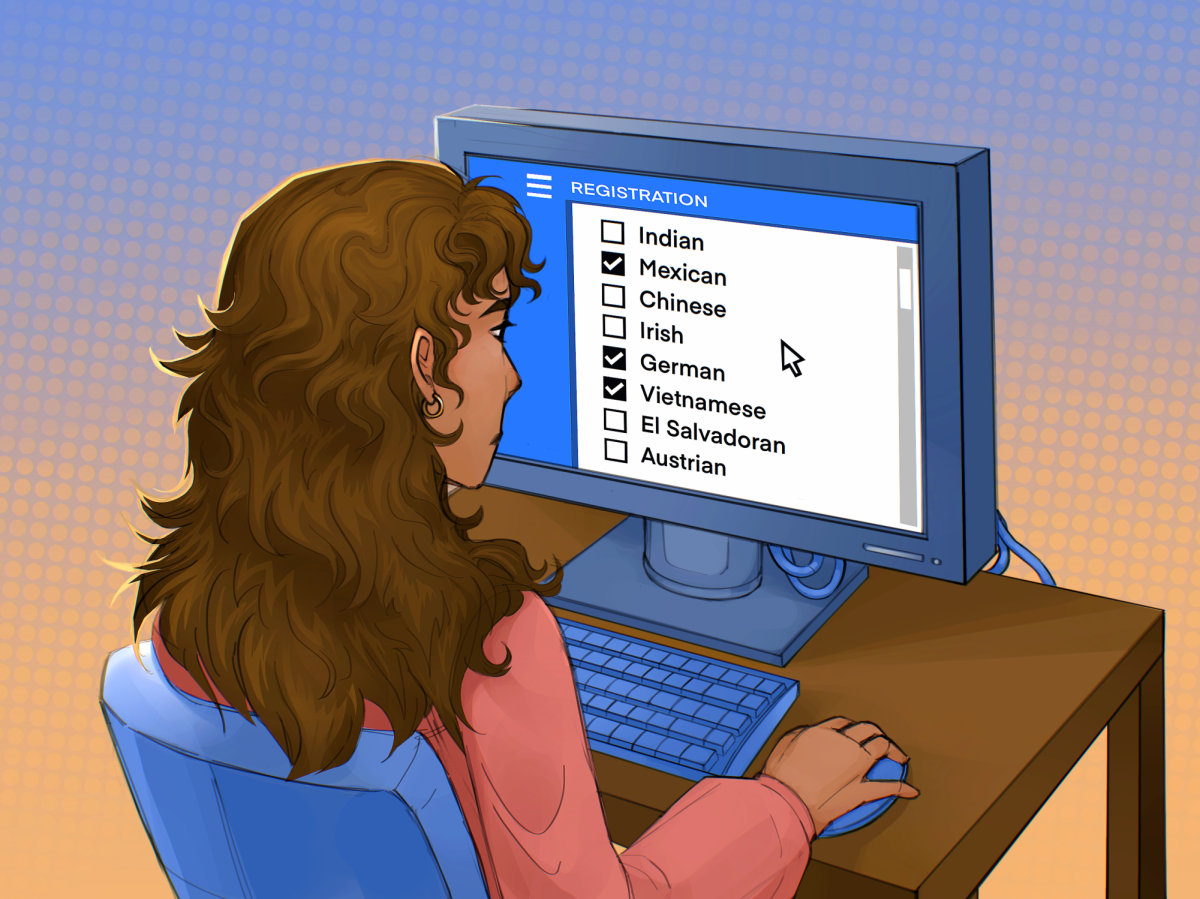
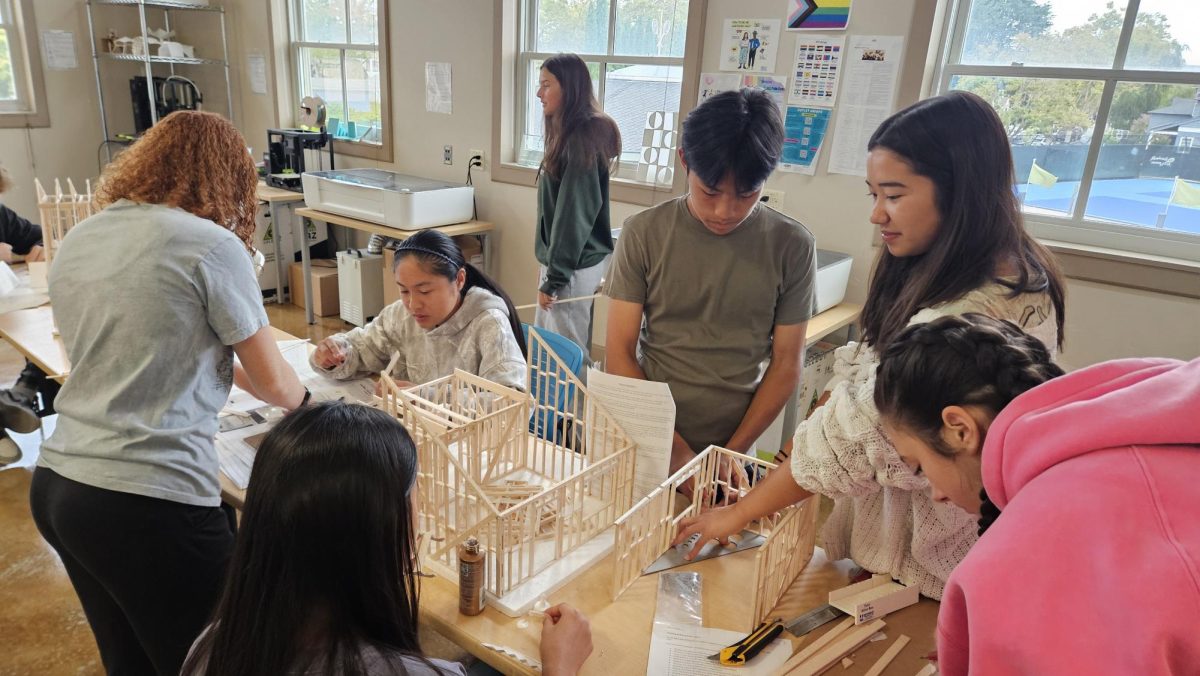
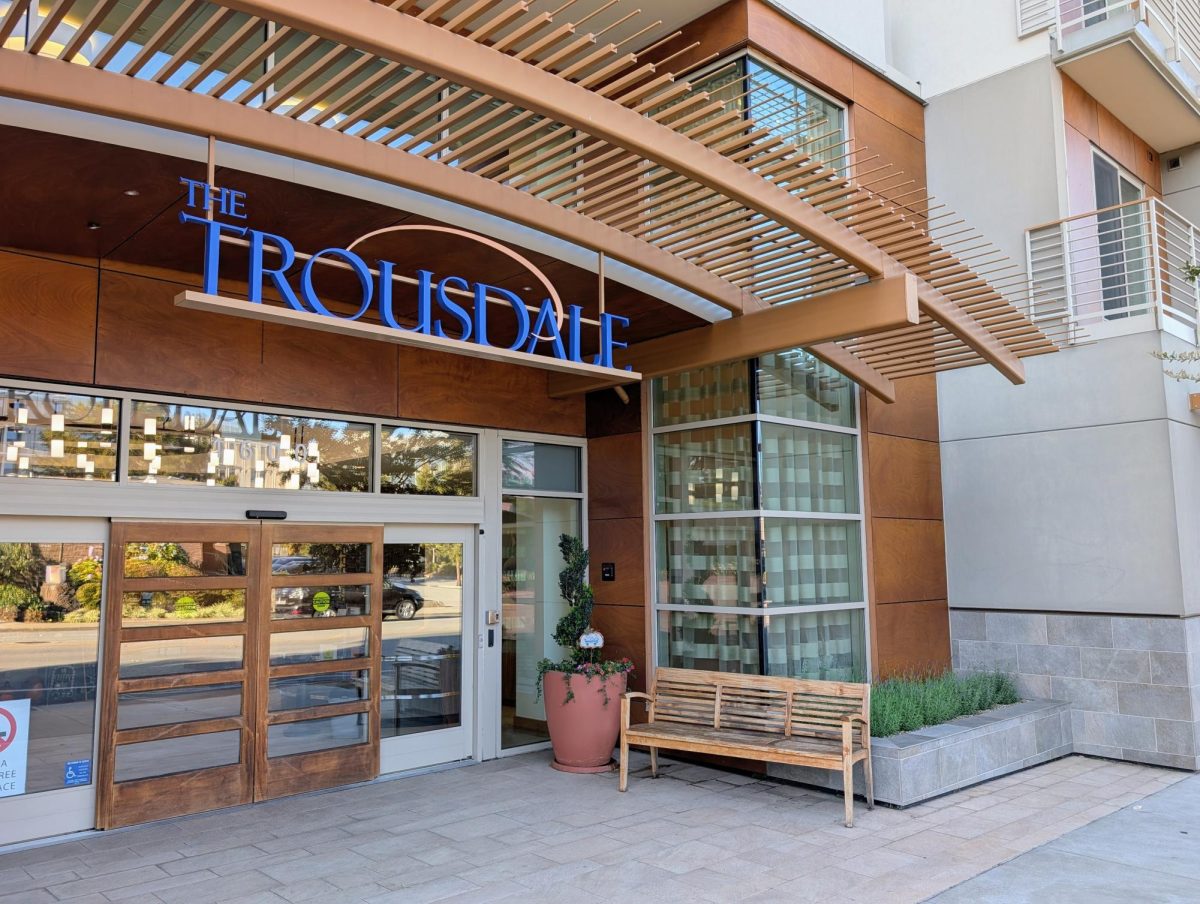

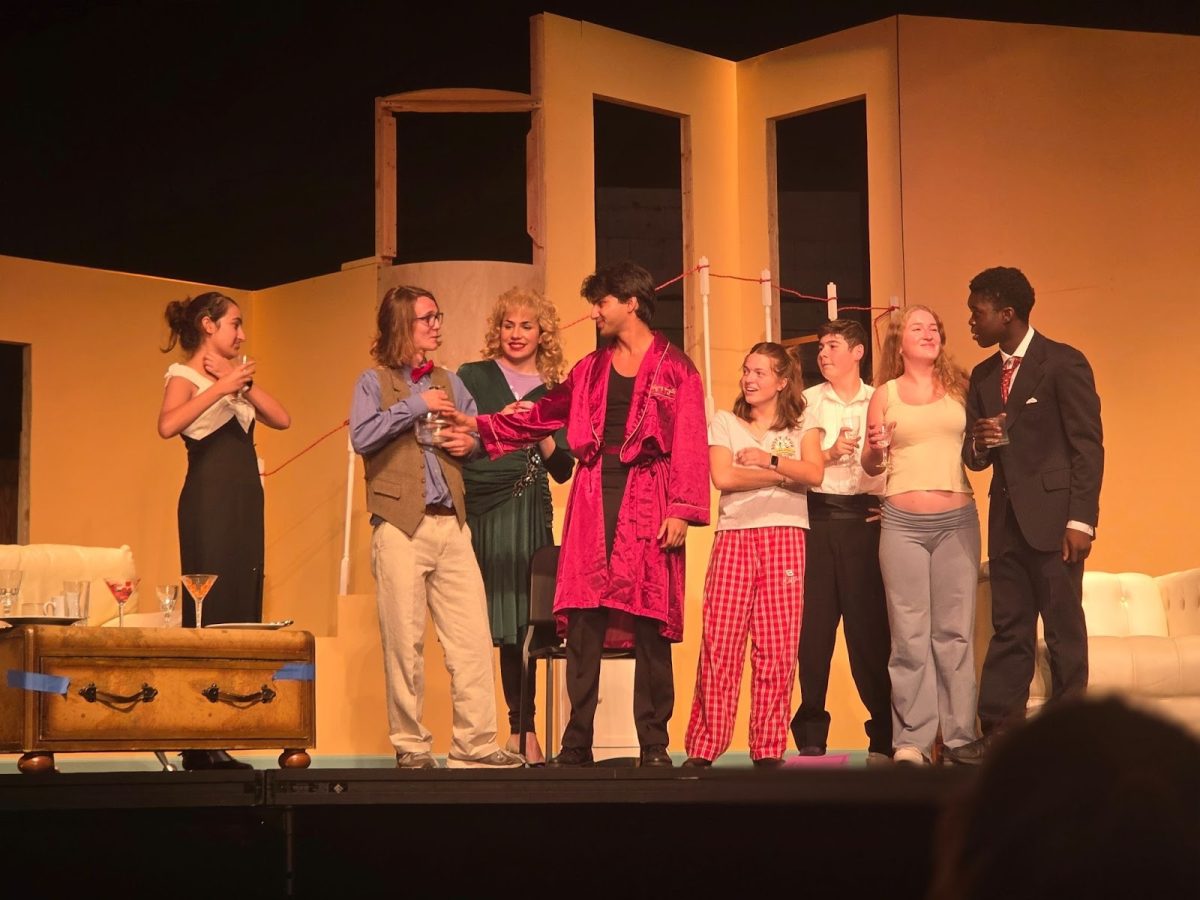
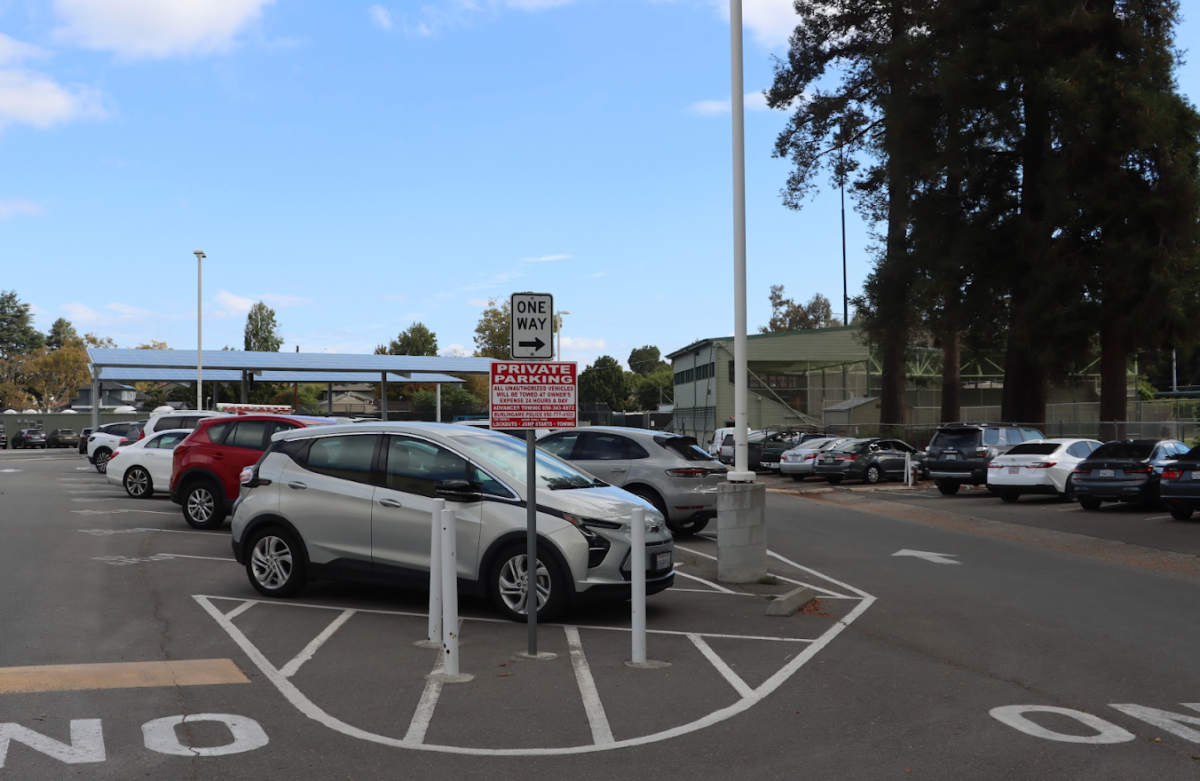
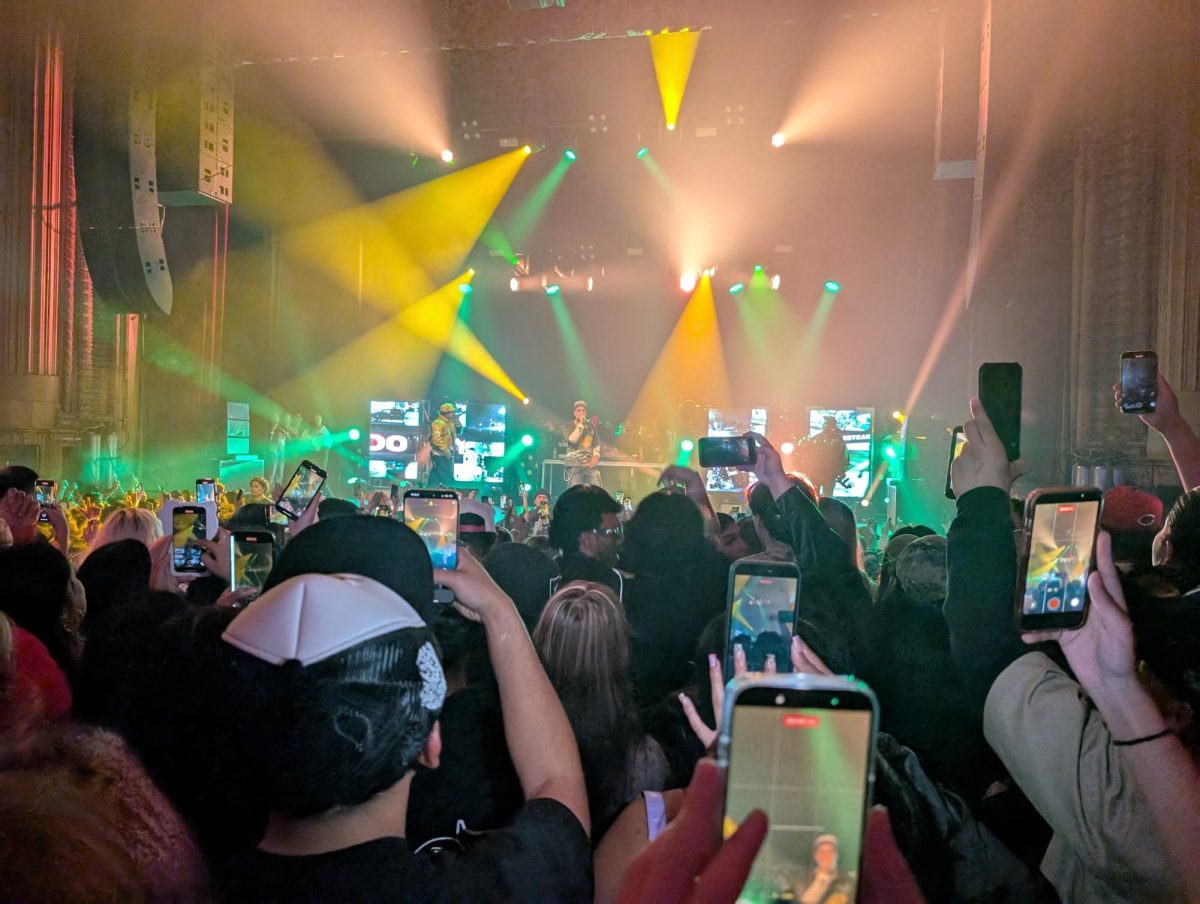





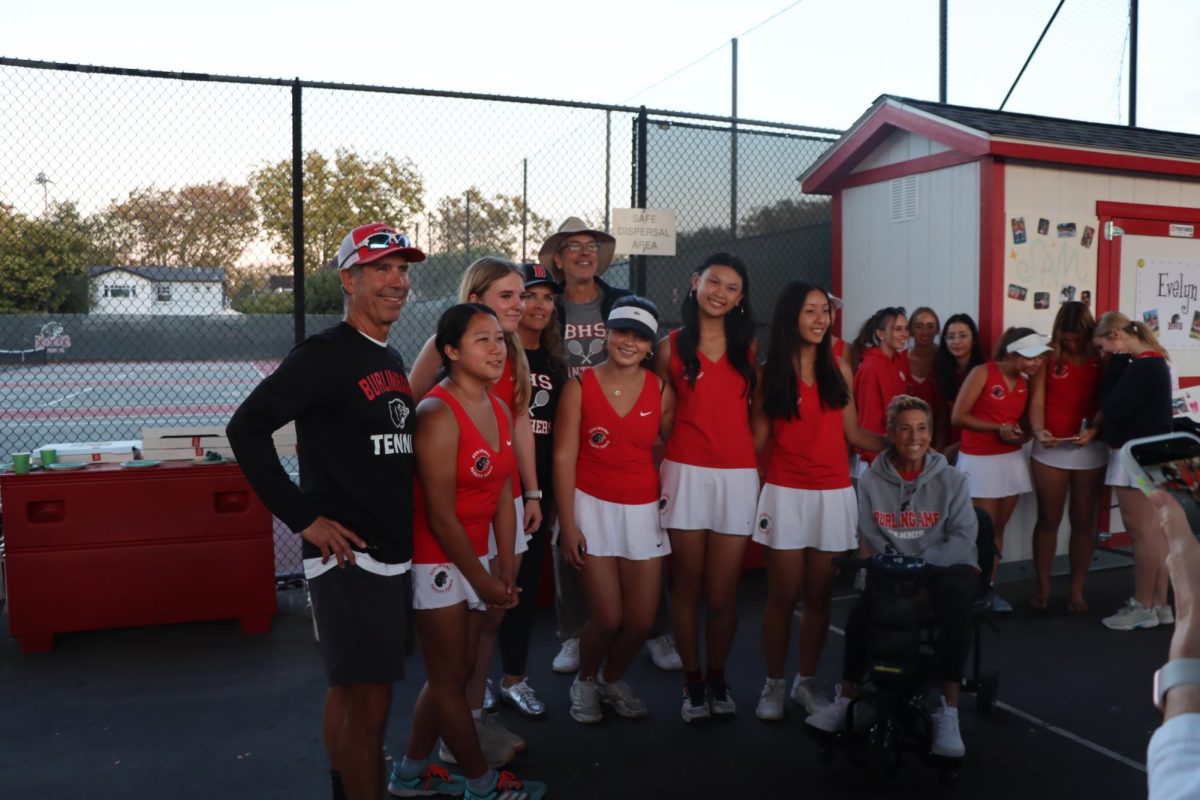
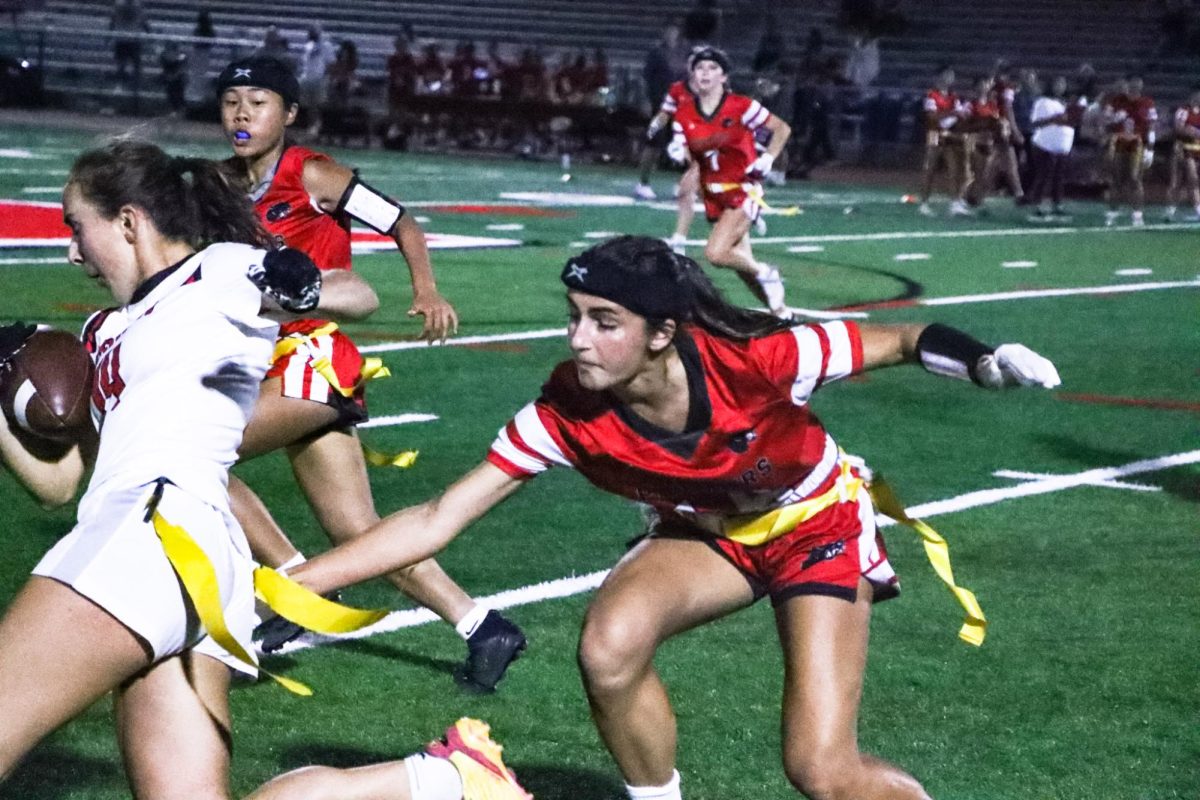














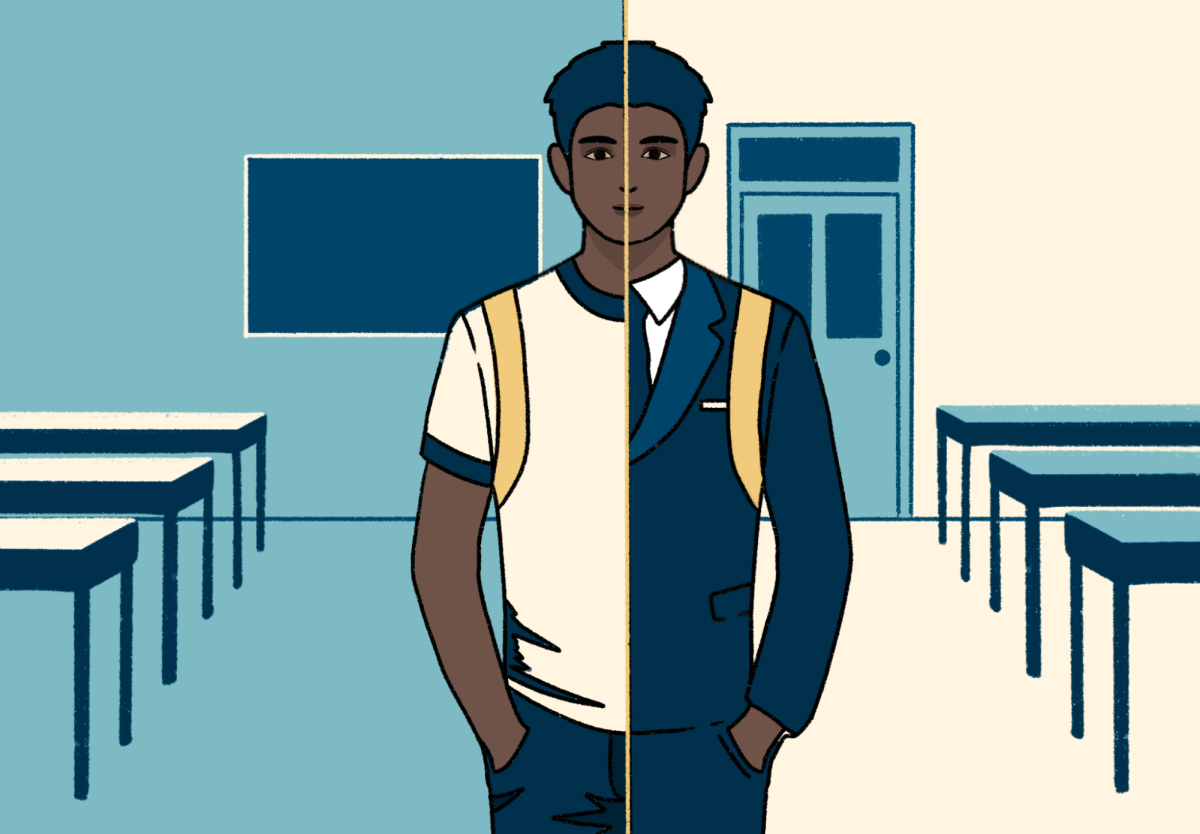



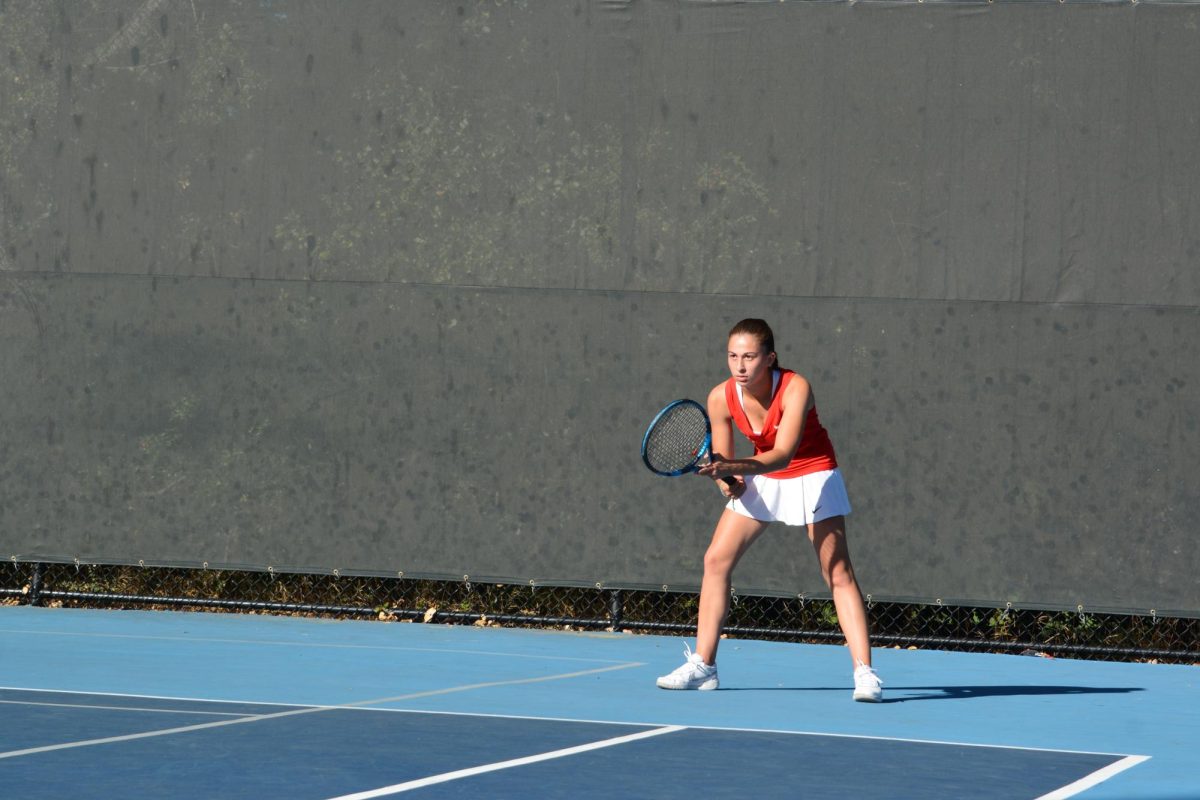

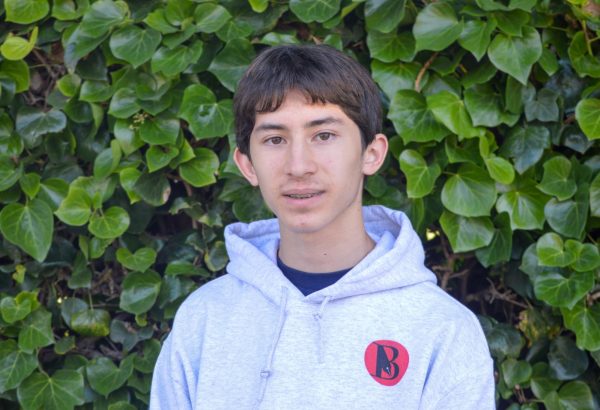
Deavon Bradley • May 7, 2024 at 7:15 pm
LETS GO ALEX!!!, this was very well written and I think it deserves an award! Great job!